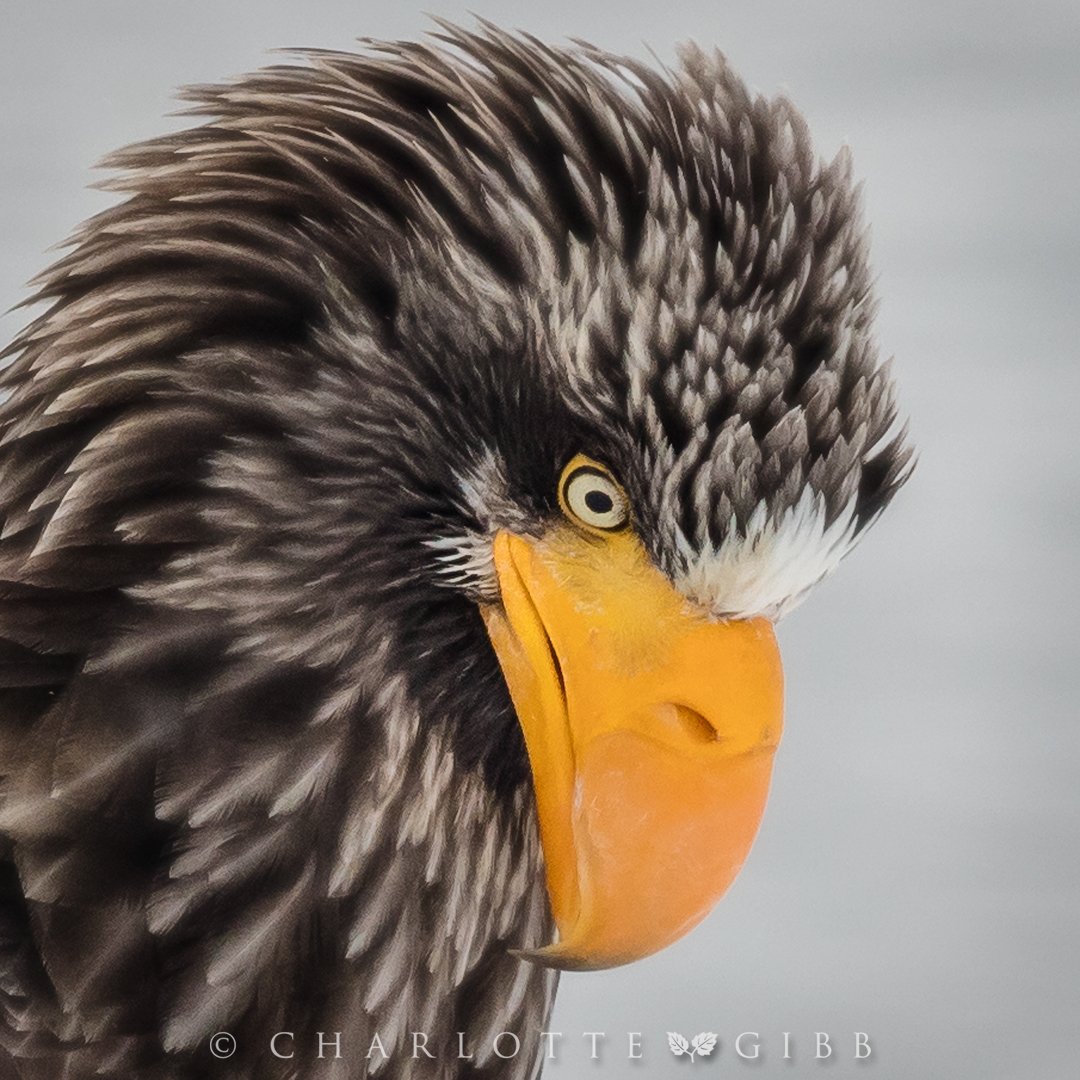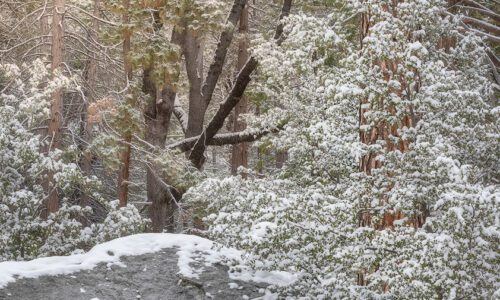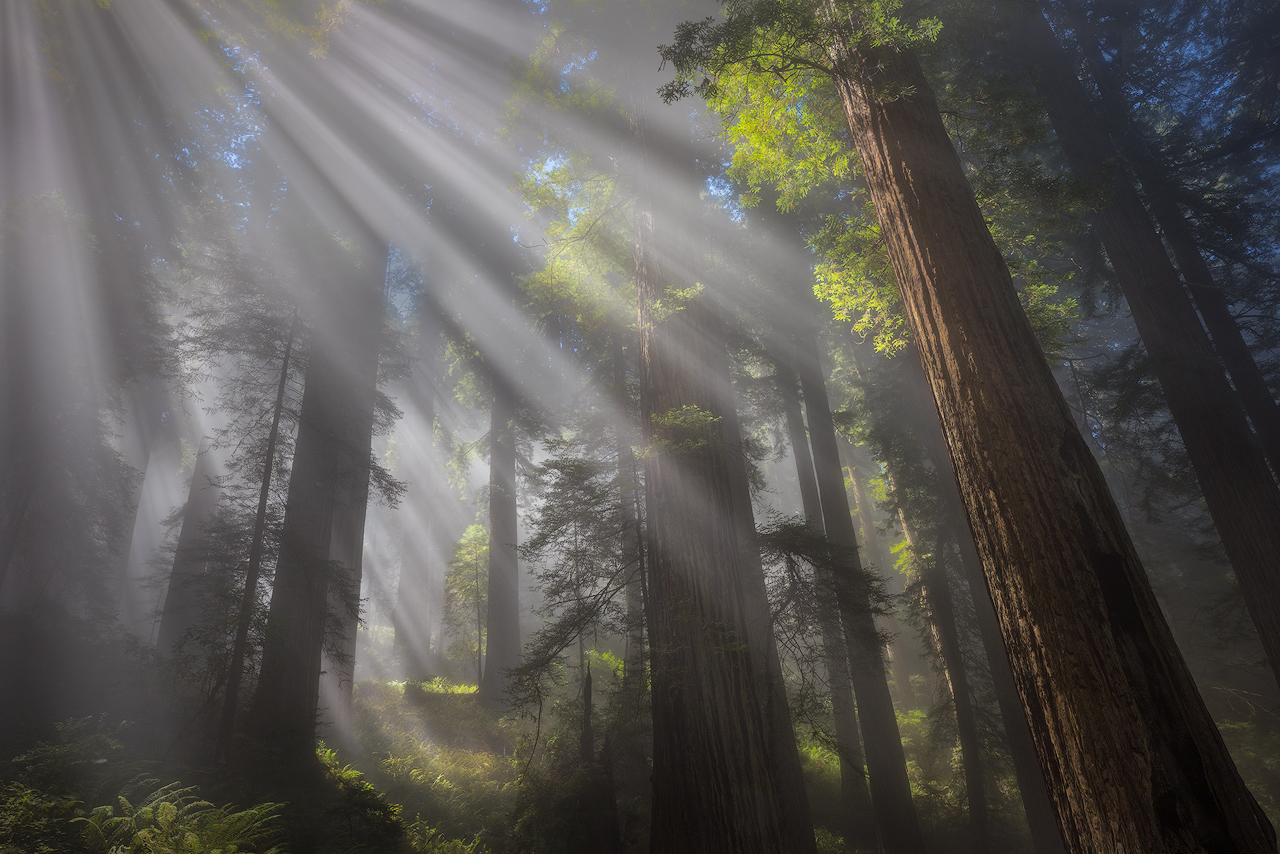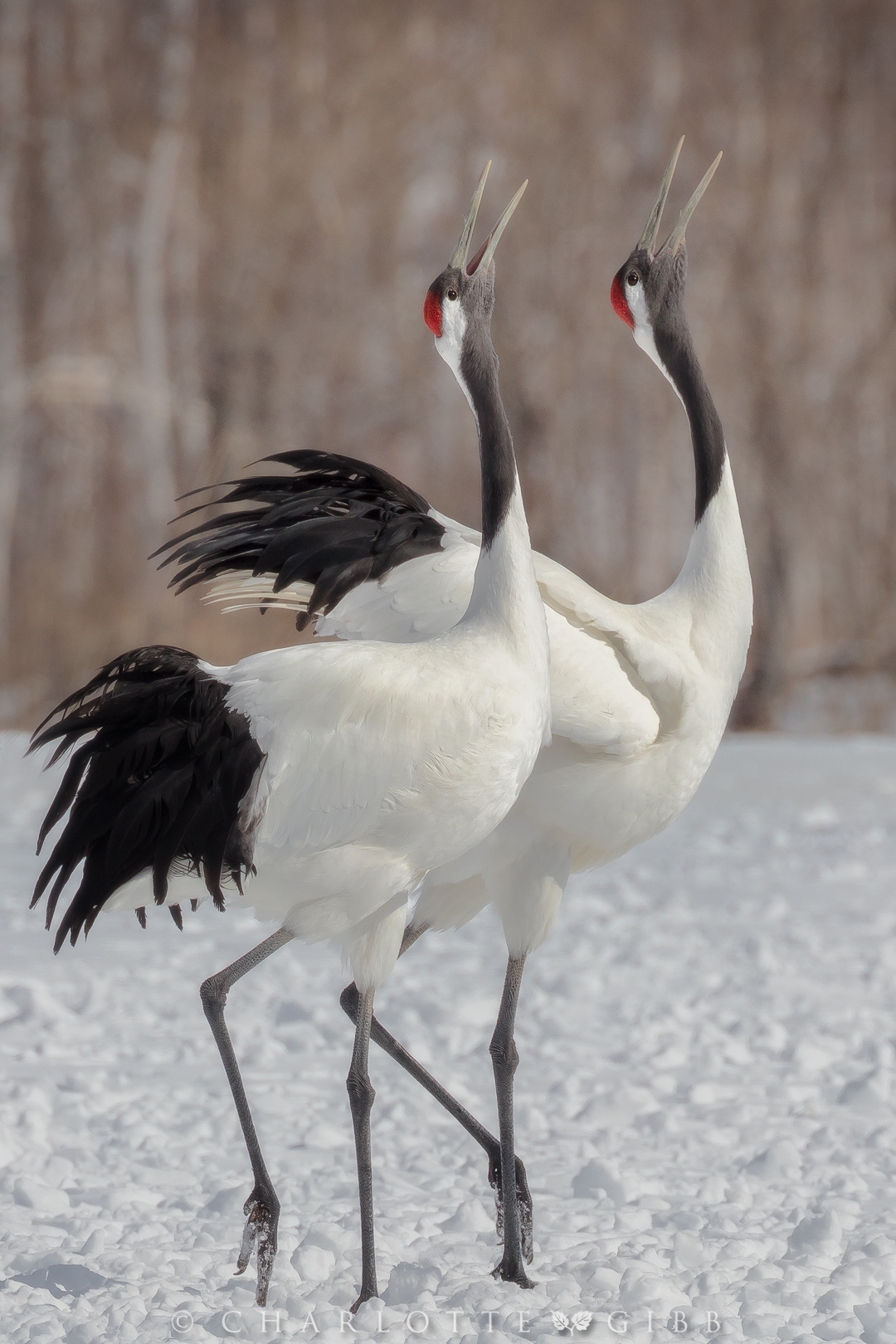
Japan: Part Three — Japanese Cranes
Symbolizing luck, longevity, and fidelity, the Red-Crowned Crane, commonly called the Japanese Crane, is beloved in Japan, and other Asian nations. Immortalized in Japanese culture as tanchōzuru (red mountain), it is a prominent theme in logos, paintings, sculptures, and poems. The Japanese have drawn metaphors from its habits and mimicked its dances. They have festivals honoring it and fold thousands of pieces of paper into tiny cranes and hang them in shrines. They have made this extremely rare bird an icon; its image is everywhere throughout Japan. Ironically, this national symbol was nearly wiped off the face of the earth.
In the 1800s, habitat destruction, hunting, and loss of breeding environment brought the species to its knees. In fact, they were thought to be entirely extinct until the 1920s when ten cranes were discovered in the Kushiro Mire, a soft wet area of low-lying land and meandering streams on the island of Hokkaido, Japan, roosting and feeding within the marsh. Part of the Mire was declared a preserve to save the species, but 30 years later, post-World War II, there were still only 33 birds. The wetlands where the cranes lived and bred were experiencing rapid destruction from urban expansion and land conversion. The natural, meandering rivers where the cranes lived had been straightened, their new banks reinforced with concrete, leaving few places for the birds to seek refuge. Water levels around the wetlands dropped, and the marshes dried up as farms took their place, destroying any hope for protected breeding areas in the marsh.
However, in 1952, something remarkable happened. Hokkaido was struck that winter by a streak of severe cold weather and blizzards. Local farmers began feeding the cranes corn and buckwheat to help them survive. Each winter after that, the farmers continued feeding the cranes. Landowners let their farmland lay fallow to provide a haven for the birds. With stable breeding grounds and a constant source of food, the population began slowly to recover. Now, the small crane population lives in close quarters with its human neighbors. Consequently, the cranes are relatively tame albeit dependent on humans to feed them.
While still protected, the Japanese Crane is not out of danger yet. Although internationally their total numbers continue to rise at a rate of five to seven percent a year, their birthrate in Japan is starting to decline because their habitat continues to shrink. In Hokkaido, two hundred thousand hectares of wetlands in the 1920s has declined to only 60,000 today. Japanese Cranes remain the second most rare crane species on the planet, after the Whooping Crane, with fewer than 2,600 birds worldwide.
Title photo at top: Japanese Crane couples are beloved for their complicated dance displays, which serve a variety of purposes. “Duetting” helps to establish formation and maintenance of the pair bond, but it also serves as territorial signaling. The dance goes like this: the crane pair “dances” rhythmically until they are standing very close, then they throw their heads back in unison and let out a piercing, fluting call, often triggering other couples to start duetting as well.
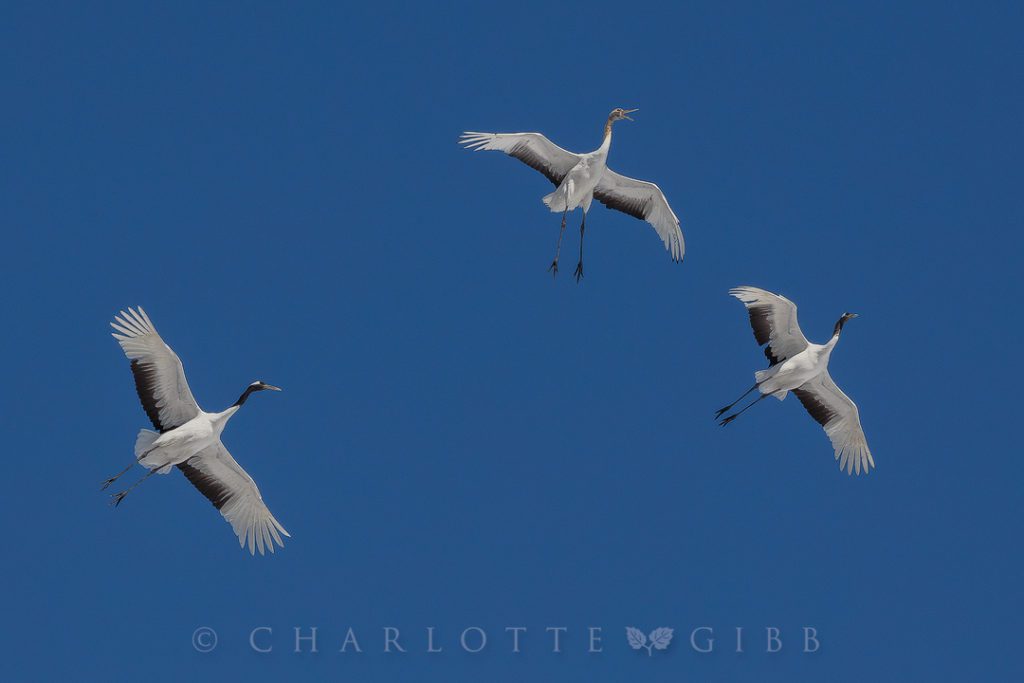
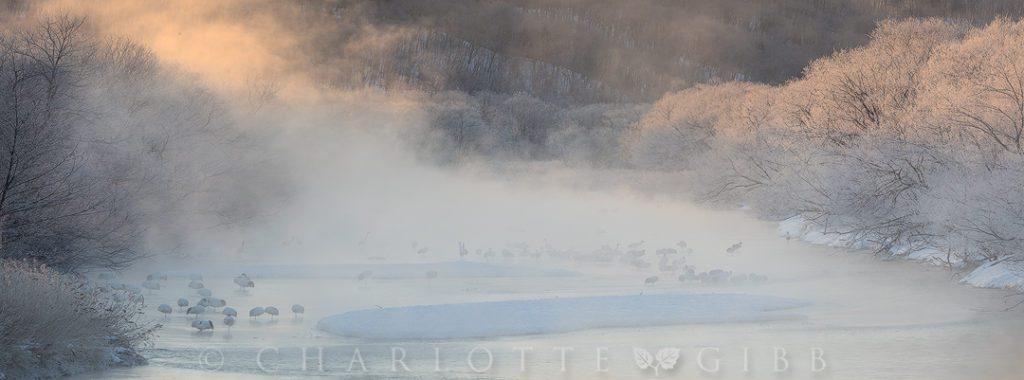
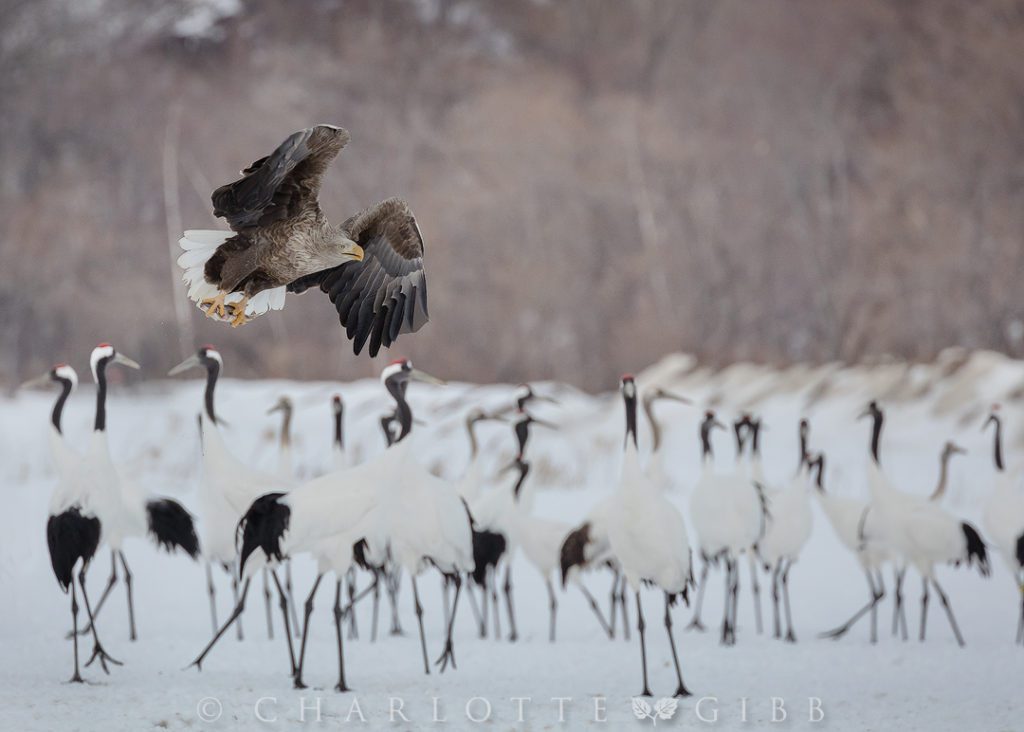
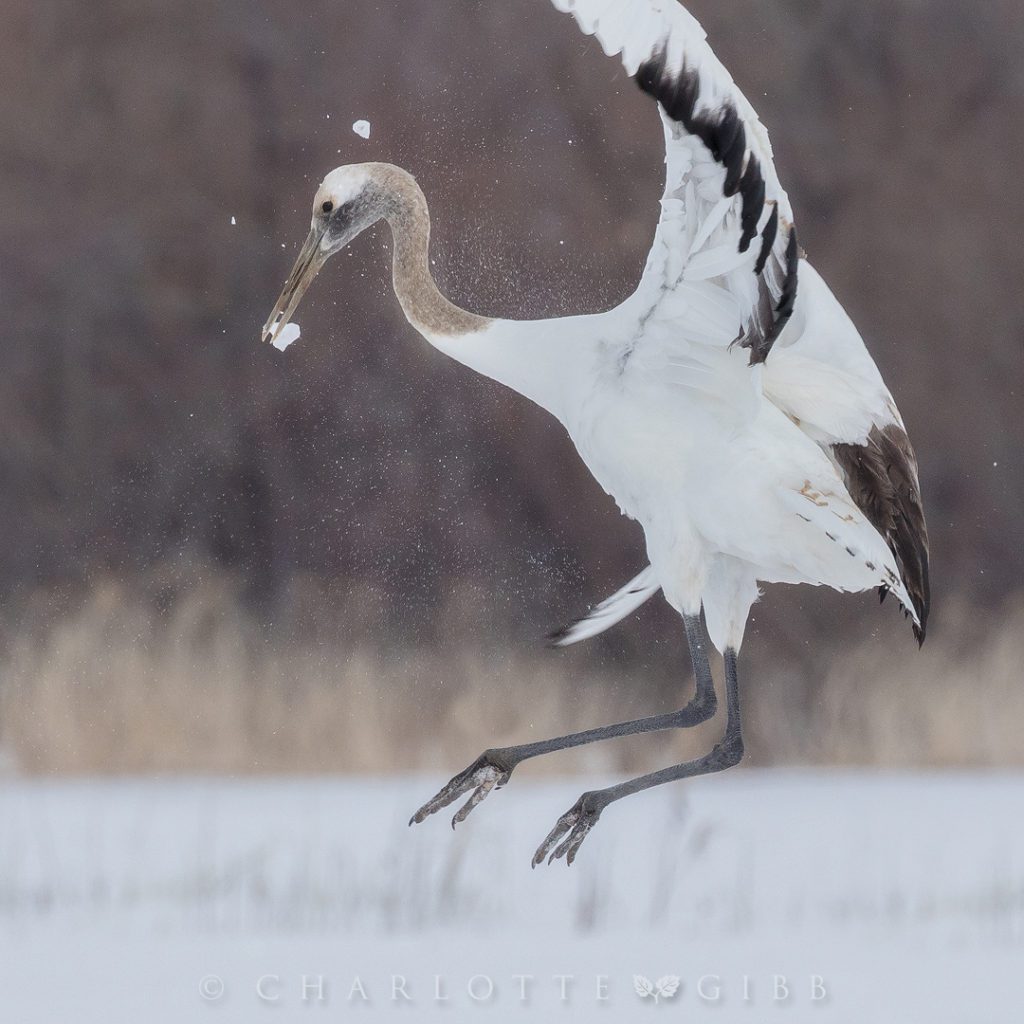
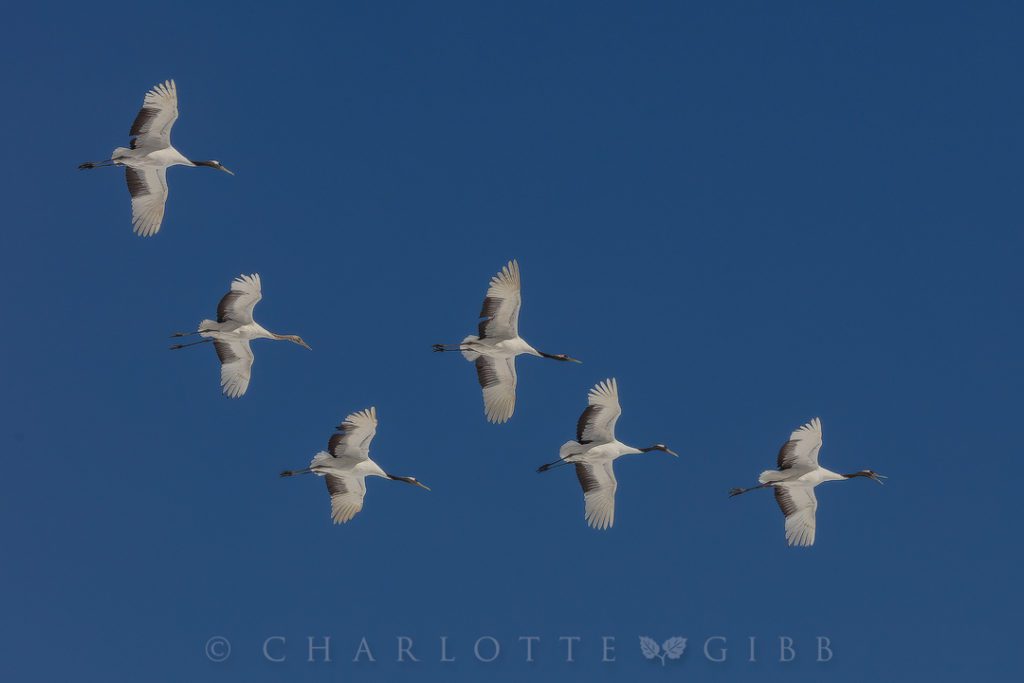
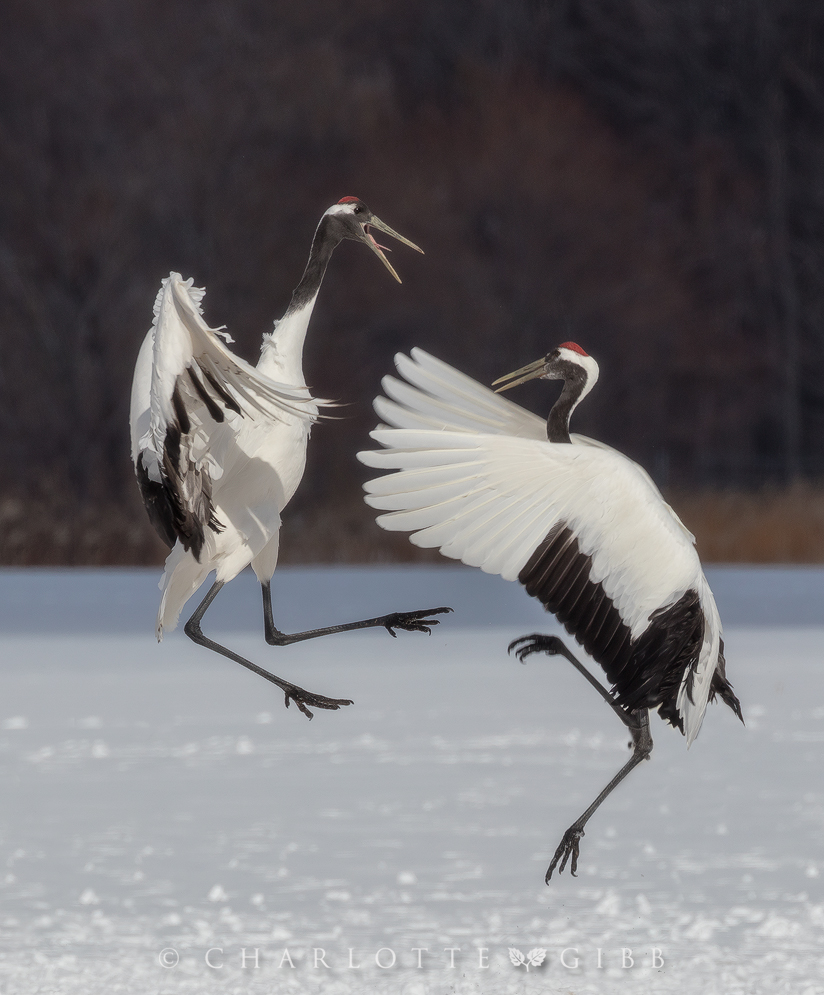
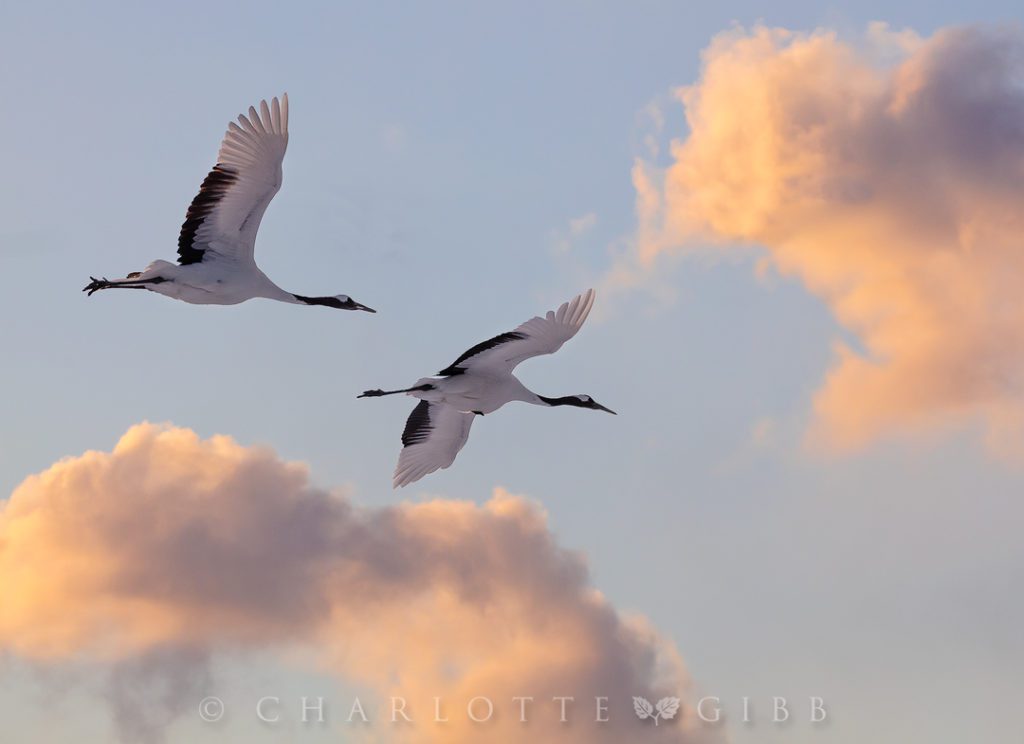
If you want to learn more about these spectacular birds, here are some good sources of information. International Crane Foundation, Wikipedia, FactandDetails
charlottegibb
Charlotte Gibb is a contemporary fine art photographer based in the San Francisco Bay Area specializing in landscapes of the Western United States. Her images are often taken in familiar places for the well-versed landscape photographer, but she prides herself on her keen eye toward the subtle and sometimes overlooked beauty of the natural world. Growing up among the beautiful mountains of Northern California, she considers herself a student of life, learning about people, nature, music, and photography along the way. But always, her life-long passion for the wilderness shines through it all. Charlotte earned her Bachelor of Arts degree from the Academy of Art University in San Francisco and has exhibited her work in several solo shows throughout California. Her darkroom, long gone now, has been replaced with digital darkroom tools, and her style has evolved from a somewhat journalistic approach, to one that pays tribute to the natural world.

